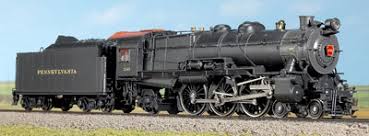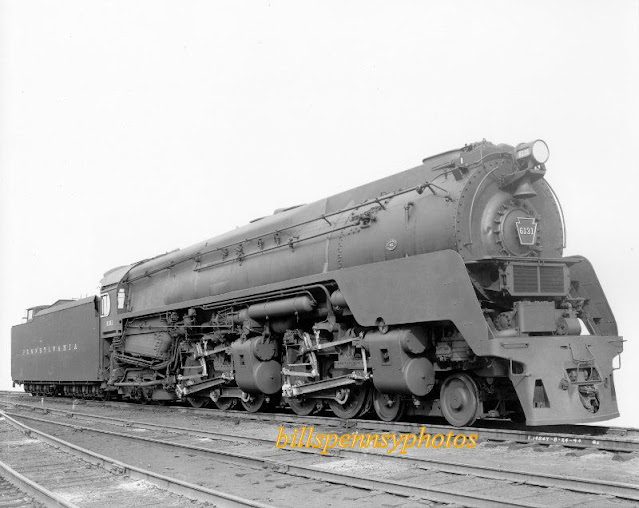 |
1971
|
LOOKING
Back, around and forward. Life leads us to look.
Nowhere do we look more intensely, without realising it, and with such uncertain success, as at our parents, then at our children - and the same applies to them. They in their turn are doing the same to us and their children and their children carry on the process. It is part of nature. Yet the older we get, if we are honest, I believe the more we will admit how imperfect the observations are.
It is a fascinating subject the more we think about it. Yet through this shifting, evolving process of imperfect comprehension, assessment, misapprehension and misjudgement our lives are all forged. I have been led to this reflection by the approach of our eldest child's fiftieth Birthday - a very happy family occasion.
We, as parents are no longer who we were when she began to know us, and we were then becoming different people in many ways from the individuals we had been as we began our married life. The experiences tumbled in upon one another. Getting to really know each other - far better than one can when courting. Learning, and adjusting to each other's foibles, and their family. In the latter case, learning some things which themselves turn out over time, to have been imperfectly known or understood in the first place. Every family has its surprises....sometimes quite obscure. We still relied to some degree on OUR parents - now proud Grandparents - for a sympathetic ear, for occasional advice or assistance, and truth to tell, we came to realise how difficult their path had been. Our teenage "know it all" assessment of them, came to be more humble and understanding.
Into this scene, after nine months and some weeks of marriage, comes baby M. who begins learning about the world, and the main people in the world are her parents. Baby M. comes to know Love and Caring, Comfort and Security at the hands of Mum and Dad. Much of this process is not remembered as Baby M. grows up. Nothing is known, in any case, of the struggles of Mum and Dad to get established- the laughter and the occasional tears, the anxieties and the stresses when every resource of personality and possession, is stretched to the limit to advance that process of getting established. Even Mum and Dad don't share EVERY thought or experience...in order to shield one another from undue anxiety or stress.
In time, Baby M. has to learn that there are significant others in the world, firstly the two sets of Grandparents. These are easy to handle - their Loving and Caring is exceptional and can be summed up in the one word: "doting". But in due course there comes on the scene another: Baby J. This is something else! She too is only self-interested at first - she needs to share the Love and the Caring, the Comfort and Security and yes, even the Doting.
DOTING 1971After this, things settle down for a couple of years to some degree. There are extremely difficult times, which mark the Parents but must not be allowed to affect the development of the children who are beginning to form their own views of the wider world via kindergarten and pre- School, mixing with complete strangers, even for short periods adds to their vocabulary, and their ideas. They are beginning the steps away from full parental influence.
The parents are, meanwhile, also mixing with wider circles of people in the neighbourhood and in the Parish and in the wider society. They are also becoming more mature. Then, the children face a challenge (in reality) but it is presented to them as a gift - they have a baby Brother - another Baby M! He is a delightful and funny little fellow whom the girls really love, they are almost invariably good and kind to him, fussing over him and calling him "little darling". Such an idyllic situation could not last forever. At about Age 2 years there came the day when the "little darling" was standing in his circular netting walled playpen when the girls removed from it some object which he REALLY wanted. For the first time ever, he let out such a bellow of displeasure that they, and we, were really shocked - quite out of character to date. The shock to the girls seems to have been the more significant and seemed to set the tone for future dealings.

Life in any young family is somewhat like a kaleidoscope. It is forever changing unpredictably, colourful but somewhat trying, yet the parents would not have it any other way. All the while, the parents are, with unwavering love, building up their "picture" of each child, out of concern for the child's well-being and sub-consciously and consciously assessing their personality, abilities, inclinations and potential. For their part, the children are building up their "pictures" of each of the parents. But this process is radically different. The parents are trying to identify and develop the children's true self. The children on their part are, often unwittingly, trying to do the same ( "Who am I really? What should I become?) and they tend to see the parents in terms of the degree to which they are perceived to facilitate or impede the will, the decisions, of the children.
A very accomplished Mother
Consciously or not, the children come to experience the parents less and less, in a protective role, and more and more in an adversarial role. The children acquire a certain elementary knowledge of the parents' background and life experience, but their knowledge and appreciation of this are limited by their own lack of life experience. There is a marked difference between the two activities: beyond the issue of their own survival, the parents are concerned for the wellbeing -present and future, of their children. The children, for their part, tend to take the parents' wellbeing for granted - true they do not really, can't really, appreciate the things that might threaten it. They are intensely preoccupied with their own situation and prospects- generally immediate prospects.
Soon their interest in the parents' earlier lives and even present lives, is overcome by the onset of puberty. This is a sometimes traumatic experience, leading to introversion, embarrassment, lack of self-confidence, or sometimes extremes of overconfidence and self-assertion often impulsive and not ideally rational. It leads frequently to the quest for friendship with peers experiencing the same stresses. One way or another, it will often lead to a degree of distancing from the parents in attitudes, sometimes leading to the choosing of diametrically opposed views of the world.
I can only speak with some degree of certainty, about my own circumstances. I was raised with many opportunities - which today would be thought of as modest - to be educated up to Matriculation standard. My parents' means were limited so that I could not attend University full time. I endeavoured to do so part-time on two occasions, but unfavourable working arrangements led to both attempts resulting in failure. Still, I saw for myself in late 1950's Sydney, Australia, bright prospects and no insuperable barriers to personal progress.
1947
In the case of my Father - born on 1907 - his schooling had ended at age 11 when he commenced working in Newlands' Iron Foundry on the eastern side of the railway near Central Station in Sydney. He later worked for the Metropolitan Water Sewerage and Drainage Board and after years of unemployment and the bitter search for work during the Great Depression, he came to work for the Commonwealth Government on the construction of the great Graving Dock at Garden Island on Sydney Harbour. He always saw himself as a "Working Class" man and was continually a loyal supporter of the Australian Labor Party. That bond was so strong that even when he was convinced that the Party had been thoroughly subverted by Communists (whom he detested), he could not bring himself to vote against the Party. My Mother, on the other hand, had also always been a "Working Class" girl (though her Father had always endeavoured - without success- to become a small retail business owner, as he strove to match the expectations his Father in Germany had set for him when the Father was unable to afford to educate both his elder brother and him to University standard). Despite this working background, my Mother was always a voter for the conservative side of politics. I found my political sympathies with the freer, more economically liberal approach of the conservative side also. It was not a case of rebelling against my Father or following my Mother, rather it was all personal -a matter of how I saw the world and the opportunities available. For me, the Australian Labor Party was identified with all the restrictive aspects of the Second World War which I had known from Birth to Age 5. I was well familiar with Rationing of all foodstuffs, shortages, electricity blackouts, and many other irritants greater or less. And now, after the War, I saw how the Australian Labor Party in Government had tried to cling on to these controls long after the War was over. I was for freedom from all of that and I detested the attitudes of the politicians who were not. I did not see any formal restrictions to what I might do in life nor did I want any.
As the years pass, and one matures, we come to take note quietly and privately, of how we are regarded by others. Parents note how their surviving parents change. Our love for them colours our view, but it cannot be denied that we come to see them as slipping away steadily, reality demands that we take account of this as practicalities force themselves in upon us.
Most painful of all is the thought between the parents that in time there will be only one of them. A lifetime of love and respect will have come to an end with no further opportunity to be kind, to be happy together, to be sorry for things that have not been as we had hoped. The parents come to realise that they are being treated differently by all manner of people. With inordinate consideration by some, patronised by others, with loving care and respect by others, their lives inevitably change. From "the inside" they must adjust to all this. The process is handled differently depending on the personality involved. It may involve anything from deterioration of the personality perhaps involving a withdrawal in growing silence in order to deflect unwanted attitudes experienced. Or it might involve a desperate effort to be "with it". There is an inevitable impact as friends who are older, or sometimes even younger, come to the end of their lives. The whole world seems to be increasingly made up of younger folk. And they are in turn discovering and at the same time re-making the world.
It is a fascinating experience and we only get one shot at it- always the learner - it does not pay to think you know it all, no matter who you are or how young and "debonair, and brilliant and brave"* you think you are.
* The description of Raymond Asquith who died in WW I as described by the Author John Buchan ( Lord Tweedsmuir who became Governor-General of Canada).





























